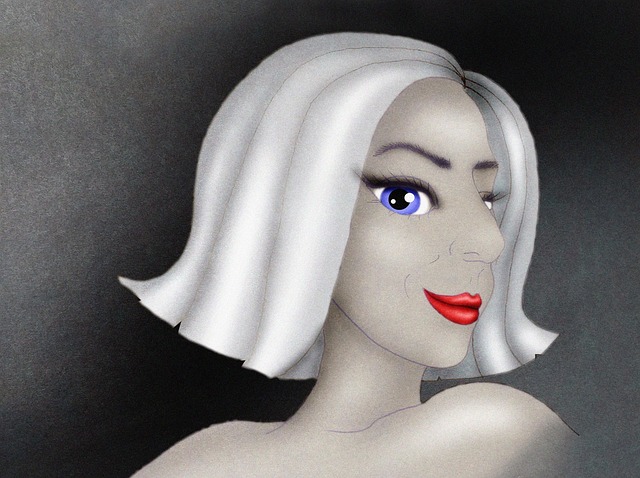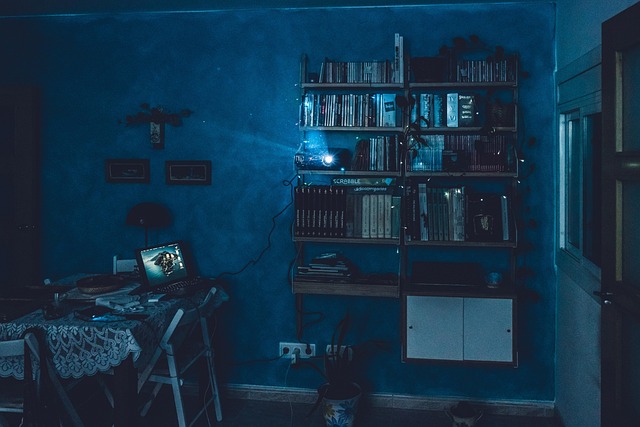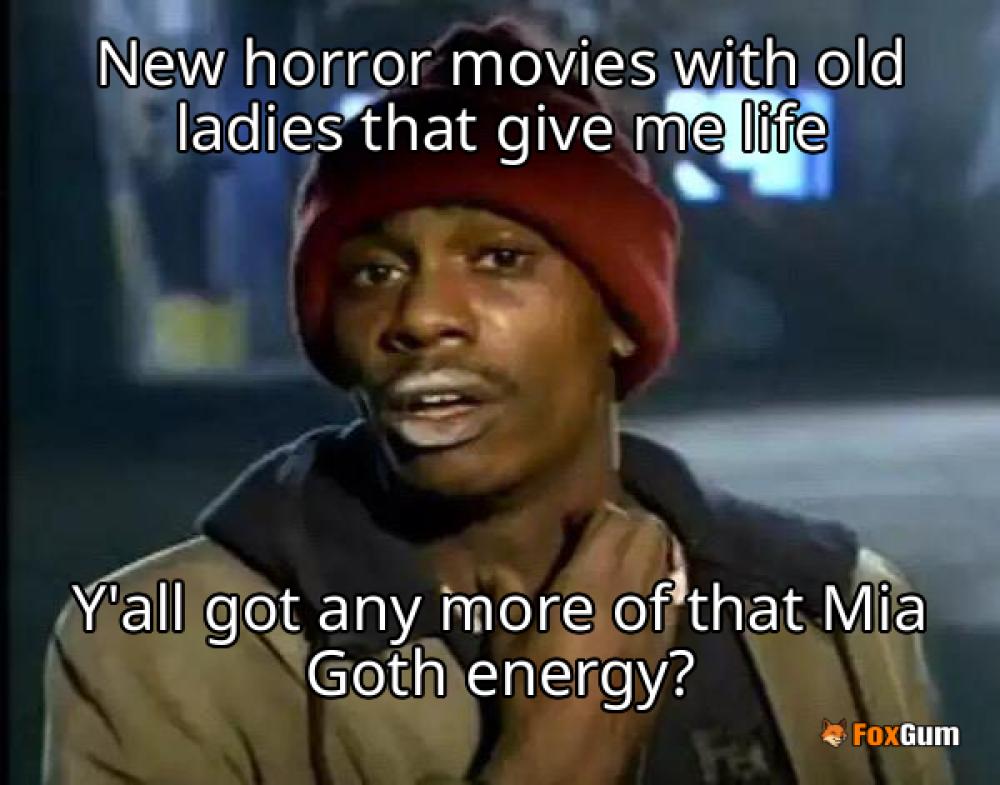
The Director's Cut
The term "director's cut" often pops up in discussions about films, but what does it really mean? In simple terms, a director's cut is a version of a film that reflects the director's original vision, usually differing from the theatrical release. This concept has gained traction over the years, especially among film enthusiasts who appreciate the nuances of storytelling and artistic expression. 🎬
The Origins of the Director's Cut
To grasp the essence of a director's cut, it's helpful to understand its historical context. Traditionally, films were edited by physically cutting strips of film and splicing them together. However, not all directors have the final say on what gets released to the public. Often, production companies or studios make alterations to enhance a film's marketability, which can lead to a version that doesn't fully represent the director's intentions.
Why Do Director's Cuts Exist?
So, why do some films have director's cuts while others do not? The answer lies in the director's creative control. In many cases, directors may feel that the theatrical version does not do justice to their vision due to imposed edits. When a director is granted the opportunity to release a director's cut, it often includes additional scenes, altered sequences, or even a different ending that better aligns with their narrative goals. 🛠️
Not Every Film Has One
It’s important to note that not every film has a director's cut. Some directors are content with the theatrical release, even if they didn't have final cut privilege. In these cases, the theatrical version may still resonate well with audiences, and the director might feel that it effectively conveys the story they intended to tell. Thus, the existence of a director's cut can vary widely from film to film.
Examples of Notable Director's Cuts
Several films have gained acclaim for their director's cuts, offering audiences a fresh perspective on familiar stories. Here are a few notable examples:
- Blade Runner - Ridley Scott's director's cut introduced significant changes, including the removal of the voiceover and the addition of the unicorn dream sequence, which deepened the film's themes.
- Donnie Darko - The director's cut provided additional context and scenes that enhanced the film's complex narrative, making it a favorite among fans.
- The Lord of the Rings Trilogy - Peter Jackson's extended editions of these films are often referred to as director's cuts, featuring additional footage that enriches the storytelling.
- Watchmen - Zack Snyder's director's cut includes extra scenes that expand on character development and plot intricacies, making it a more comprehensive experience.
Conclusion
The director's cut serves as a fascinating exploration of a filmmaker's creative vision. While not every film has one, those that do often provide deeper insights into the story and characters. Whether you're a casual viewer or a die-hard cinephile, checking out a director's cut can offer a new appreciation for the art of filmmaking. So, next time you come across a director's cut, consider giving it a watch—you might discover something you missed the first time around! 🎥

















 Hae Min Lee
Hae Min Lee 
 Health
Health  Fitness
Fitness  Lifestyle
Lifestyle  Tech
Tech  Travel
Travel  Food
Food  Education
Education  Parenting
Parenting  Career & Work
Career & Work  Hobbies
Hobbies  Wellness
Wellness  Beauty
Beauty  Cars
Cars  Art
Art  Science
Science  Culture
Culture  Books
Books  Music
Music  Movies
Movies  Gaming
Gaming  Sports
Sports  Nature
Nature  Home & Garden
Home & Garden  Business & Finance
Business & Finance  Relationships
Relationships  Pets
Pets  Shopping
Shopping  Mindset & Inspiration
Mindset & Inspiration  Environment
Environment  Gadgets
Gadgets  Politics
Politics 